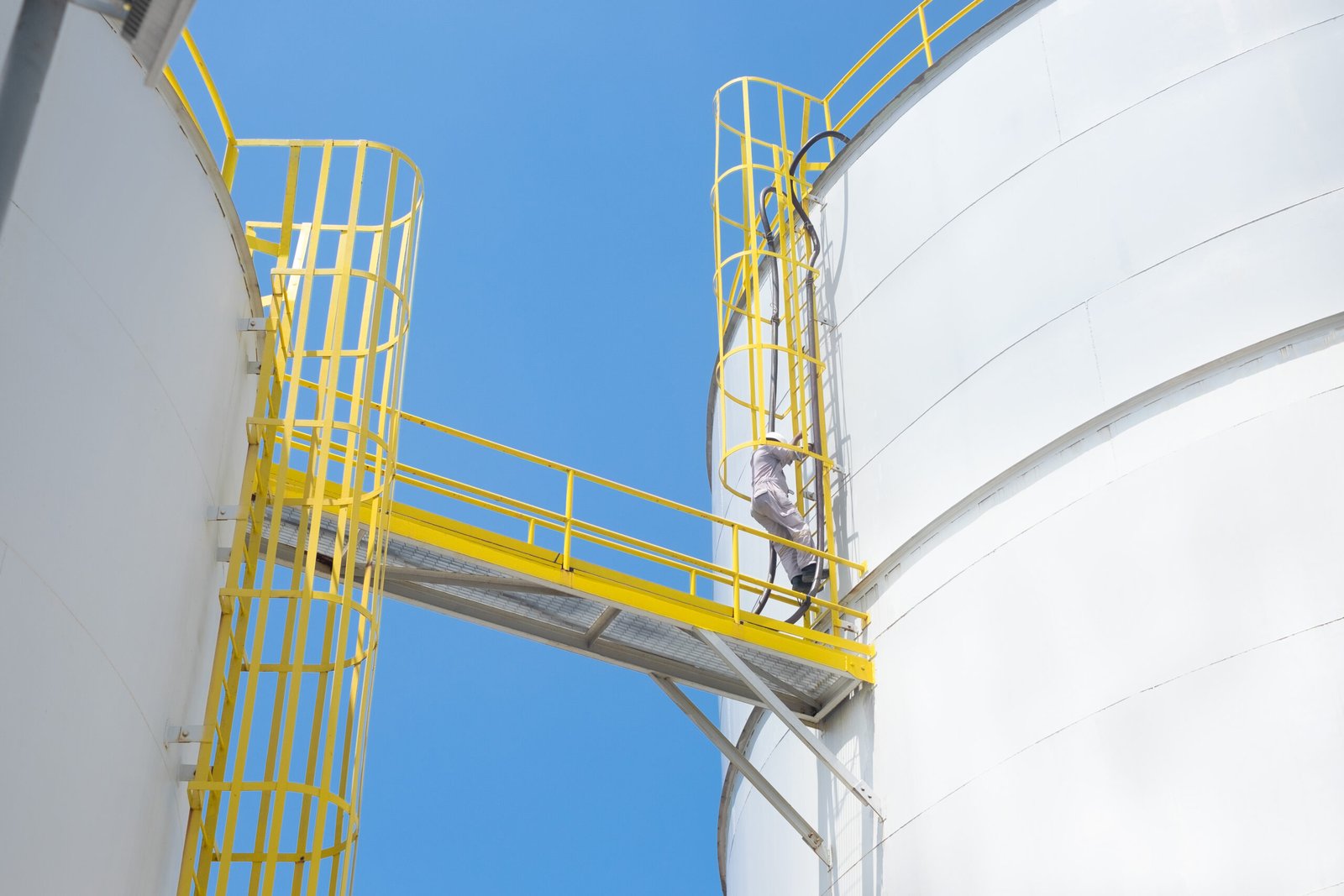Our Service
Our services are designed to meet the diverse needs of the global energy market, emphasizing safety, reliability and environmental responsibility.


Comprehensive Marine Fuel Services By Turbion:
Petrol Station & Bunkering Solutions (PTS & STS)
Turbion are designed to enhance operational efficiency, ensure environmental compliance, and support sustainability. Turbion provides reliable and clean fuel solutions tailored to the needs of both maritime vessels and petrol stations.
BION gas stations provide high quality fuel to ensure vehicle performance is efficient, environmentally friendly and supports sustainability.
Turbion’s STS services ensure flexible and safe fuel transfer between vessels, adhering to strict environmental standards.
Turbion’s PTS method provides fast and secure marine fuel transfer directly from shore to ship.
Bunkering
OThe procedure of transferring oil products from one tanker to another tanker at sea. This STS process allows for the efficient distribution of oil products between vessels without the need for both vessels to dock at a port. This process is particularly useful for meeting fuel or lubricating oil requirements in strategic locations or in emergency situations at sea.
STS TURBION Operation Steps
- Careful planning is required to ensure STS operations can be conducted safely. This includes selecting a suitable location, ensuring both vessels have the necessary equipment and trained crews, as well as coordination with local authorities if required.
- Safety Preparations: Before starting the transfer, vessels must carry out safety measures, including equipment inspection, emergency plan preparation, and clear communication between the crews of both vessels.
- Approach Maneuvers:
Vessels engaged in STS operations should conduct careful approach maneuvers for side-by-side positions. Wind speed and direction should be considered to minimize the risk of collision or damage during the operation. - Mooring and Fendering Arrangements:
Once in the proper position, the vessels will utilize a mooring system to secure their relative positions. Fenders (ship side protection) are installed to prevent damage to the ship during the transfer. - Oil Transfer:
Specialized transfer hoses and other equipment are used to move the oil product from the donor vessel to the recipient vessel. The transfer speed must be controlled to ensure the stability of both vessels. - Start of Filling Process: Transfer of “TURBION” oil products can be started after all safety checks are satisfactory. The filling speed and pressure should be supervised to avoid overstressing the vessel systems or port facilities.
- Transfer Completion:
Once the transfer is complete, the transfer equipment should be carefully separated, and the vessel should be safely removed from the mooring. Any spills or environmental issues should be dealt with in accordance with emergency procedures. - Documentation and Reports:
All aspects of STS operations, including the volume of oil products transferred, must be documented. These reports are important for administrative purposes, regulatory compliance, and as a reference for future operations.
STS operations to detail and strict adherence to safety and environmental standards. With proper planning and careful execution, these oil product transfers can be carried out efficiently and safely, ensuring the vessels’ fuel needs are met without the need for both vessels to dock at the port.
The process of filling or transferring such oil products from port facilities to ships. Which is a standard procedure for supplying ships with fuel, lubricating oil, or other oil products while they are in port. The PTS process allows vessels to obtain the necessary supplies safely and efficiently, utilizing port infrastructure.
PTS Operation Steps
- Planning and Preparation: Prior to the arrival of the vessel, planning should take place between the vessel agent and the port facility to ensure the oil product is available and ready for transfer. This includes scheduling filling times, calculating the required quantities, and preparing the required equipment.
- Coordination with Port Authorities:
Effective communication with port authorities is necessary to ensure all security and environmental procedures are followed, as well as to coordinate the entry and exit of vessels from the port. - Approach and Position at the Dock:
Vessels should carefully maneuver the approach to the loading dock, based on the weather conditions and currents in the port, to minimize the risk of damage or accident. - Vessel Securing:
Once the vessel is in the right position, it should be secured with mooring ropes to prevent movement during the filling operation. - Installation of Filling Equipment:
Specialized filling hoses and pipes designed for the transfer of “TURBION” oil products must be safely connected from the port facility to the vessel. Safety checks must be carried out to ensure a secure connection and no leaks. - Starting the Filling Process: Transfer of the “TURBION” oil product can begin after all safety checks are satisfactory. Filling speed and pressure must be monitored to avoid overpressurizing ship systems or port facilities.
- Monitoring and Control: During the filling process, continuous monitoring is required to identify and respond to leaks or other issues. Communication between the vessel and the port operator should be maintained throughout the filling process.
- Completion of Charging: Once the filling is complete, the filling equipment should be carefully removed, and all connections checked to ensure there are no leaks. The vessel can then remove the mooring ropes and prepare to leave port.
- Documentation and Payment:
Filling documentation, including the amount of oil transferred and confirmation of receipt, must be completed. This involves meter checks, filling out delivery documents, and payment processing.
STS Operation with detail and strict adherence to safety and environmental standards. With proper planning and careful execution, the transfer of these oil products can be carried out efficiently and safely, ensuring the ship's fuel needs are met without requiring both ships to dock at a port.






